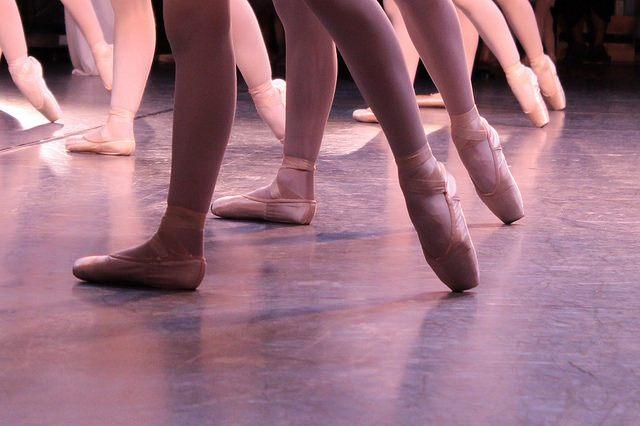
Some Facebook users are up in arms about a new style of ballet that is gaining popularity thanks to a video posted on Só Bailarinos featuring African American girls dancing en pointe to hip-hop. While the overwhelming majority of commenters on the Facebook post made complimentary remarks to the young girls in pointe shoes, the minority of trollers created a social media firestorm.
Amassing more than 8.5 million views since its introduction in mid-May, the video of dancers from the Chicago Multicultural Dance Center combines hip-hop and ballet into a new art form: Hiplet. Homer Bryant, dance legend and teacher at the center, started teaching the style in 2005 and trademarked it four years later. “I stay relevant to what the kids are doing on the street, and my kids are strong enough to do it on pointe,” Bryant told Chicago Magazine.
The girls dancing to Jason Derulo’s “If It Ain’t Love” received mixed reviews, with the negatives coming from traditional ballet fans. “The mainstream ballet world will laugh at them if they pulled this mess in an audition for a REAL ballet academy or company,” wrote one Facebook user, trying to draw a distinction between classical ballet set to Tchaikovsky’s "Nutcracker" and Hiplet set to popular urban music.
With the bit of negativity came an outpour of support for the young girls who impressively tiptoed and danced in a nontraditional style. I, for one, am enthralled and mystified how the girls’ toes support their bodies at all, especially in such an athletic and graceful manner.
Some of the commenters supporting the Hiplet video mentioned that if the girls dancing to hip-hop were white, it would be considered cute and experimental instead of nontraditional and inappropriate. “[The dancers] are extremely strong to be able to do these moves on pointe, and regardless of their skin color, it is a genius way of getting girls to try it,” wrote a supporter on the Internet. “If you like the classics then keep to it, but don’t tear down dancers because it doesn’t fit your mold of what you believe it should ‘look’ like!”
Hiplet actually consumes a very small portion of what the Chicago Multicultural Dance Center does, Bryant said.
“The big blowup is what we’re doing with Hiplet because it’s some black girls on pointe doing what’s not known in the classical ballet world,” Bryant said.
In an interview with Chicago Magazine, Bryant addressed racism within the realm of ballet. He mentioned that, in highly-regarded performing arts schools around the country, black girls are wearing pink tights that drown them out and make them look gray. He called matching the outfit to the girls’ complexion a “psychologically uplifting experience” because they look like themselves when they look into the mirror. He pointed to the European origins and noted that ballerinas used to powder their faces to give off an unnaturally pale look.
Bryant’s downtown Chicago dance studio welcomes 190 students, but he said his target number of pupils would be between 300 and 500. The attention gained from the Facebook video that broke the Internet will likely help promote the cause.
Image credit: Flickr/zaimoku_woodpile
Based in Atlanta, GA, Grant is a nonprofit professional and freelance writer passionate about affordable housing and finding sustainable approaches to international development. A proud graduate of the University of Maryland, Grant spent four months post-grad living in Armenia where he worked for Habitat for Humanity and the World Food Programme. He enjoys playing trivia with friends but is still seeking his first victory - he ceaselessly blames his friends lack of preparation.














